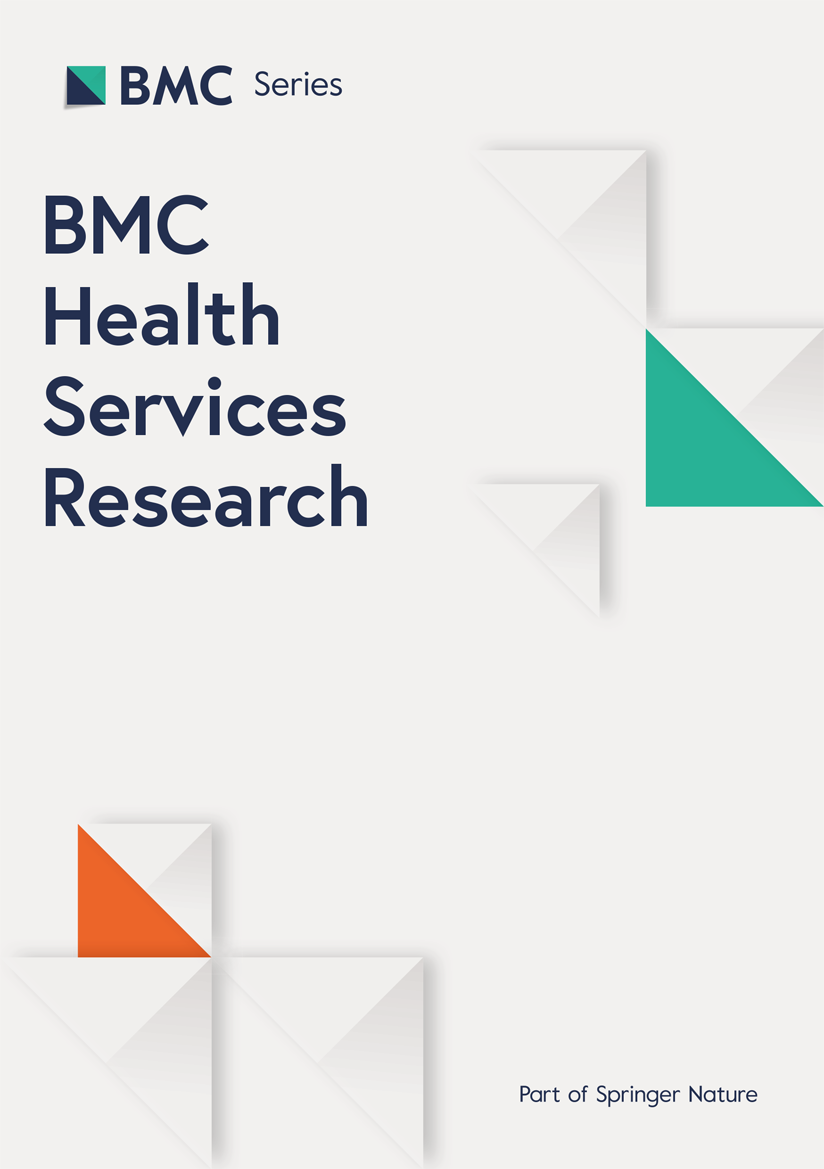

A Yale School of Medicine-led research group, working with six US health systems, reports an association between a single ambient AI scribe platform and lower short-term burnout among ambulatory clinicians.
Clinician time has tilted toward electronic health record documentation (EHR) rather than face-to-face care. Previous reports cited in the study note that more than half of a workday goes to the EHR, with only a quarter spent directly with patients, and that documentation time has continued to escalate, especially in primary care. Associations with burnout, reduced work effort, and turnover appear throughout that literature.
Interest in tools that could ease this load has moved into national conversations. A December 2024 meeting convened by the National Academy of Medicine examined potential roles for AI in health worker well-being.
Ambient AI scribe platforms enter the clinic as quiet listeners, capturing conversations between patients and clinicians and drafting notes for review. Large language models trained to transcribe and assemble professional-appearing text support this workflow, with drafts generated on a secure portal where clinicians can view and edit before importing into note templates.
In the study, “Use of Ambient AI Scribes to Reduce Administrative Burden and Professional Burnout,” published in JAMA Network Open, researchers conducted a preintervention and 30-day postintervention evaluation to examine whether an ambient AI scribe was associated with reduced administrative burden and burnout.
Clinicians with a mean of 15.1 years in practice from six academic and community-based systems contributed 263 completed paired surveys, with 131 in primary care and a mix of attending physicians, advanced practice practitioners, and academic faculty across specialties.
Roles skewed toward attending physicians at 232 individuals, or 88.2%, and included 29 advanced practice practitioners. Academic appointments were common, with 168 faculty members, or 63.9%. Scope spanned primary care and specialty services, including 131 primary care professionals, 46 adult specialists, 14 in neurology and psychiatry, and 72 in surgical fields.
Survey data before exposure and at 30 days assessed burnout with a validated single-item metric using the conventional cutoff of three. Secondary measures were transformed to 10-point scales and compared with paired t tests.
For note creation, clinicians selected an encounter from the ambulatory schedule, obtained verbal patient consent, and recorded the visit. Draft documentation appeared on a secure portal for review and editing, with options to view transcripts or listen to source audio tied to highlighted segments.
Among 186 participants included in the burnout models, the proportion meeting the burnout threshold fell from 51.9% to 38.8% after 30 days, corresponding to an adjusted odds ratio of 0.26 with a 95% CI of 0.13–0.54. A sensitivity analysis using a severe burnout cutoff of four showed a reduction from 18.4% to 12.2%.
Exploratory outcomes on 10-point scales showed a 0.47-point change in the burnout score across all participants. Note-related cognitive task load changed by 2.64 points, temporal demand by 2.66 points, effort by 2.60 points, and mental demand by 2.46 points. Weekly after-hours documentation decreased by 0.90 hours.
Authors state that the ambient AI scribe platform was associated with reduced burnout, lower cognitive task load, and less after-hours documentation, with perceptions of improved attention to patient concerns and potential for improved urgent access. Findings point to tools that may relieve administrative burden and support more face-to-face direct care.
Written for you by our author Justin Jackson, edited by Sadie Harley, and fact-checked and reviewed by Robert Egan—this article is the result of careful human work. We rely on readers like you to keep independent science journalism alive.
If this reporting matters to you,
please consider a donation (especially monthly).
You’ll get an ad-free account as a thank-you.
More information:
Kristine D. Olson et al, Use of Ambient AI Scribes to Reduce Administrative Burden and Professional Burnout, JAMA Network Open (2025). DOI: 10.1001/jamanetworkopen.2025.34976
Kaustav P. Shah et al, The Ambient AI Scribe Revolution—Early Gains and Open Questions, JAMA Network Open (2025). DOI: 10.1001/jamanetworkopen.2025.34982 , jamanetwork.com/journals/jaman … /fullarticle/2839544
© 2025 Science X Network
Citation:
Health care workers turn to AI to reduce electronic paperwork burnout (2025, October 6)
retrieved 10 October 2025
from
This document is subject to copyright. Apart from any fair dealing for the purpose of private study or research, no
part may be reproduced without the written permission. The content is provided for information purposes only.
link






